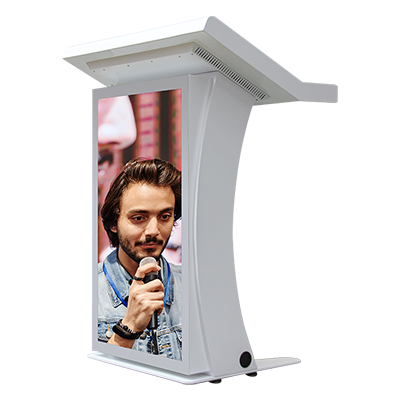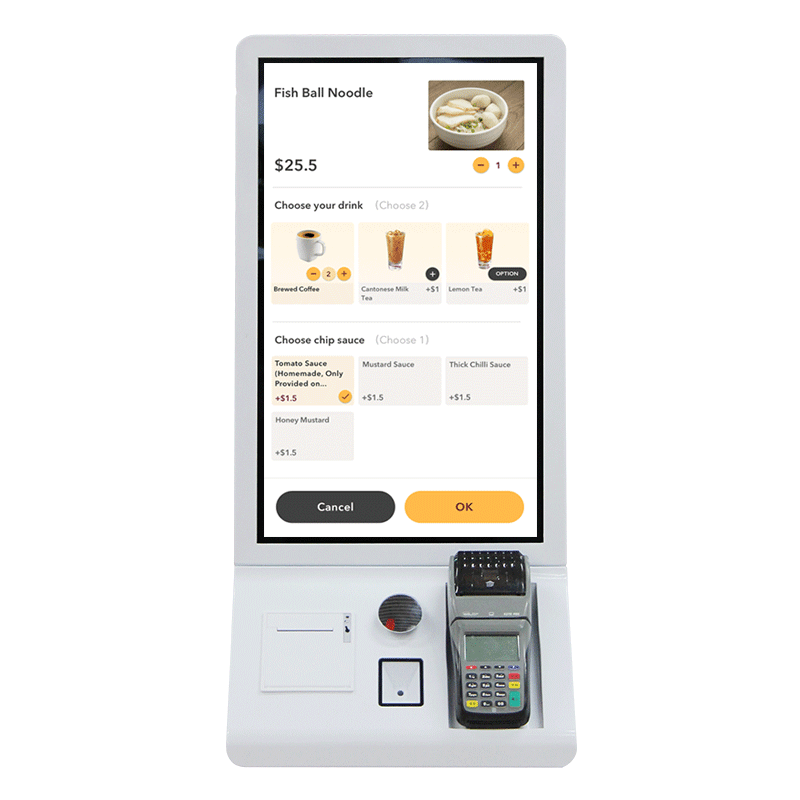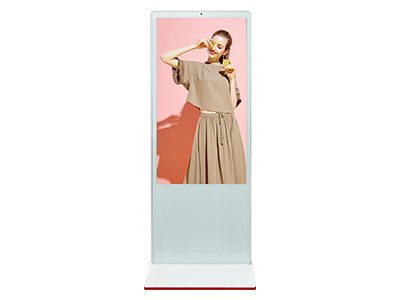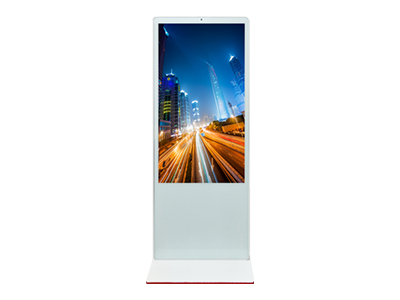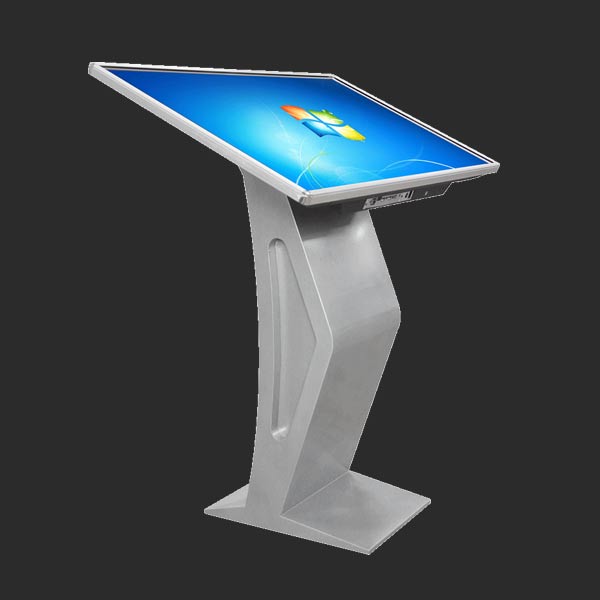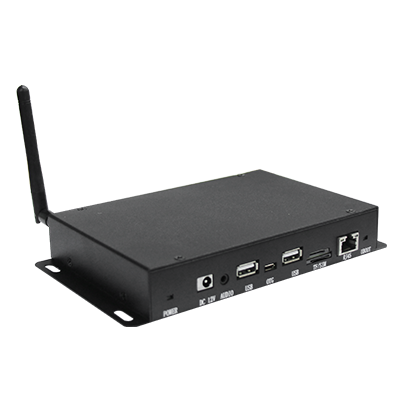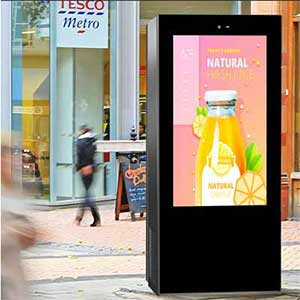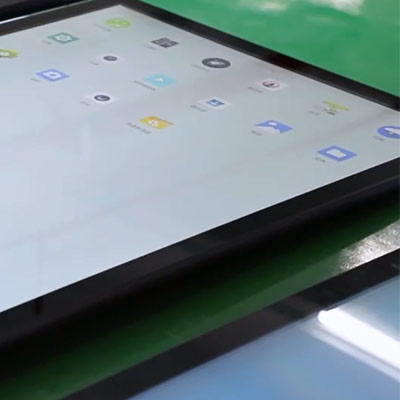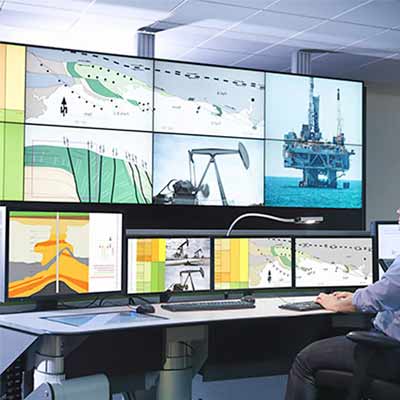What is the optimal pixel pitch for an LED wall?
![]()
LED video wall installations are used around the world to transform spaces and create dramatic visual impact. Churches, schools, offices and retailers are creating vibrant, dynamic, and memorable experiences in a variety of indoor and outdoor venues.
If you are considering an LED wall, one of the most important choices is pixel pitch selection, but you may be wondering what is pixel pitch? How does pixel pitch affect cost? What is the most important consideration when choosing pixel pitch? Let’s look at how to choose the correct pixel spacing for your LED video wall project.
![]()
What are pixel pitch and pixel size?
In an LED wall, each individual LED is a pixel. The pixel pitch number represents the distance between LEDs on the wall in millimeters, which determines the recommended minimum distance at which a viewer should see an image as intended. The smaller the pixel pitch, the closer the LEDs are on the display and the closer the acceptable viewing distance is. The optimal viewing distance is usually 2-3 times the number of pixel pitches in meters. For example, Narrow Pixel Pitch 2 allows viewing from 4 meters away, while Pixel Pitch 10 requires a distance of at least 20 meters to experience optimal detail. Pixel pitch affects the viewing distance and perceived visual performance of an LED display.
Pixel pitch is usually represented by a "P" next to the number. For example, a P10 LED wall or panel has a pixel pitch of 10. For serious outdoor applications, pixel pitches can be as high as 40, while some manufacturers are building products with pixel pitches below 1.
When to use narrow pixel pitch
Narrow pixel pitch is best for indoor applications. These applications include critical viewing of sources such as Excel and other text documents.
![]()
Why is pixel spacing important?
Generally, the higher the pixel pitch, the lower the cost. Lower pixel pitch generally provides higher resolution but is more expensive due to increased material and production costs. Simply put, more LED clusters require higher pixel density. Additionally, higher LED pixel pitch screens may require more maintenance, which increases the cost of ownership.
Consumers can get the best value from an LED screen by carefully considering the complexity of the content and the resolution sufficient to display the content before determining the optimal viewing distance of the screen. The optimal viewing distance is the point at which image fidelity is maintained, but if the observer moves closer, the image quality will degrade, or the screen will appear pixelated.
If you need a monitor for up-close viewing, you may be wondering whether a traditional monitor is a better choice. A helpful rule of thumb is 110 inches. If your overall display width is less than 110 inches, a backlit LED/LCD display is often a more affordable solution that can provide the detail you need. Above 110 inches, an LED wall may be a better overall choice.
![]()
Pixel pitch and resolution
Often when choosing a monitor, you'll hear statistics about resolution - such as a "1080p" or "4k" monitor. The pixel pitch of an LED wall is a direct measure of the potential native resolution: the lower the pixel pitch, the higher the potential native resolution. For most LED wall applications, 1080p resolution can be achieved using standard rules of thumb for pixel pitch and distance. If you need higher resolution, a lower pixel pitch may be better. But an important consideration is the quality of the images and content rendered on the LED wall. For example, a low-quality image will result in a low-resolution result regardless of the pixel spacing you choose.
What pixel spacing do I need?
|
Pixel Pitch |
Minimum Viewing Distance |
Optimal Viewing Distance |
|
0.9 mm |
0.9 m (2.95 ft) |
2-3 m (6.56-9.84 ft) |
|
1.2 mm |
1.2 m (3.94 ft) |
2-3 m (6.56-9.84 ft) |
|
1.5 mm |
1.5 m (4.92 ft) |
3-5 m (9.84-16.40 ft) |
|
1.87 mm |
1.87 m (6.14ft) |
3-5 m (9.84-16.40 ft) |
|
2.5 mm |
2.5 m (8.20 ft) |
5-8 (16.40-26.25 ft) |
|
5 mm |
5 m (16.4 ft) |
10-15 m (32.8-49.21 ft) |
|
10 mm |
10 m (32.8 ft) |
20-30 m (65.62-98.43 ft) |
|
40 mm |
40 m (131.23 ft) |
80-100 m (262.47-328.1 ft) |
While it seems obvious to always aim for the highest potential resolution possible - and therefore lower pixel pitch - this may be overkill for some applications. You may not need to pay too much for lower pixel pitch. Aspect ratio is also important. Most content is formatted in a 16:9 ratio, and your wall should comply with your company's content strategy. You probably won't have to pay too much for higher resolution.
How does pixel spacing affect video wall costs?
The higher the pixel count, the higher the cost. If you have an outdoor video wall where the viewer is more than 10 feet away from the wall, a cheaper, lower pixel count will suffice. Or, a video wall in a conference room needs a larger pixel count because the audience is closer to the wall. For more information, watch our video on LED video walls.
Choosing the right LED wall and pixel spacing doesn’t have to be a challenge. Contact the experts at Asianda to help you choose the right LED wall based on your overall project plan. The cost of LED walls has dropped significantly, and with an experienced partner like Asianda, you can impress your audience without breaking your budget.

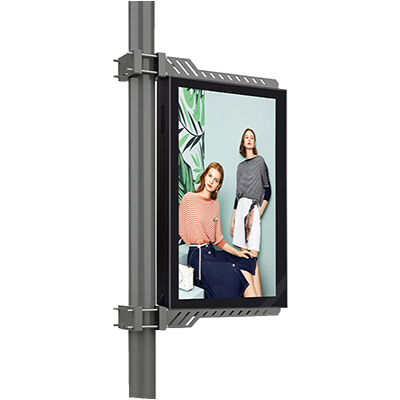

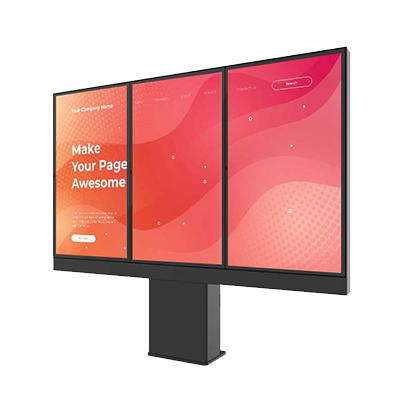
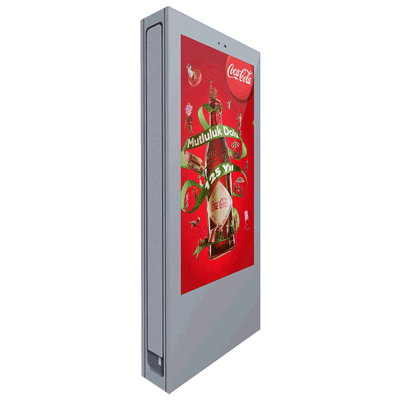




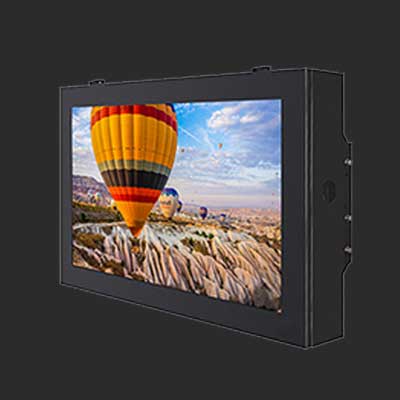
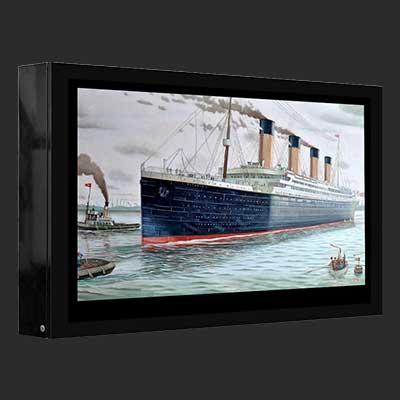
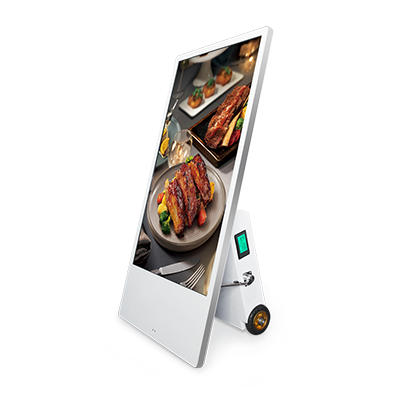


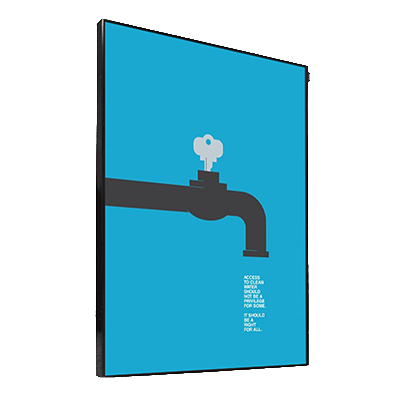

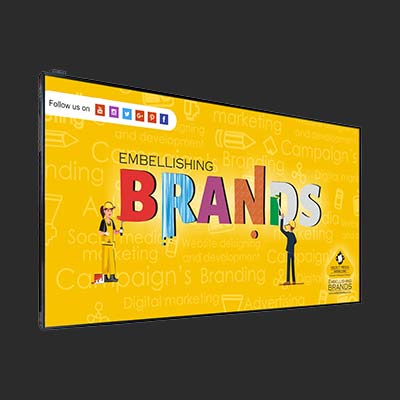


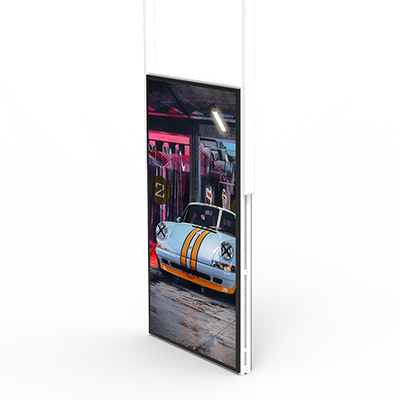
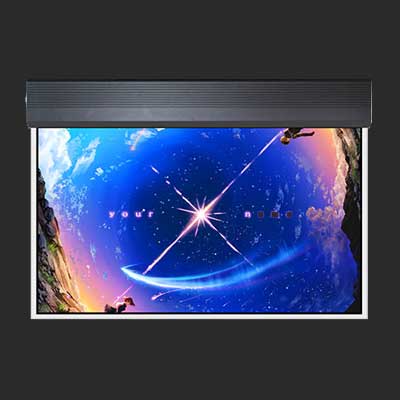
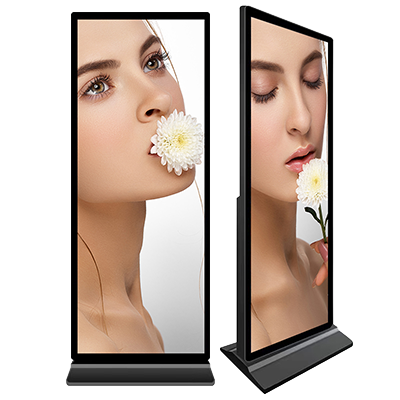

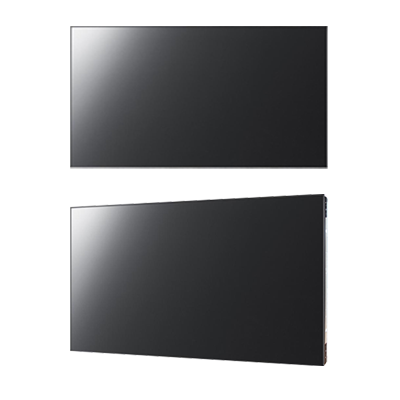


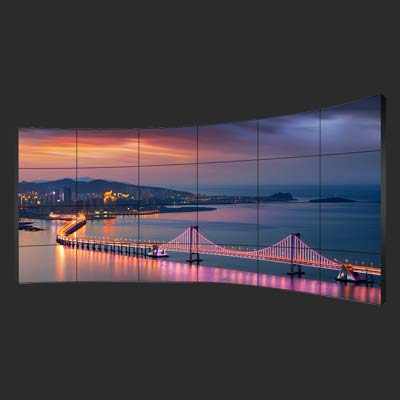
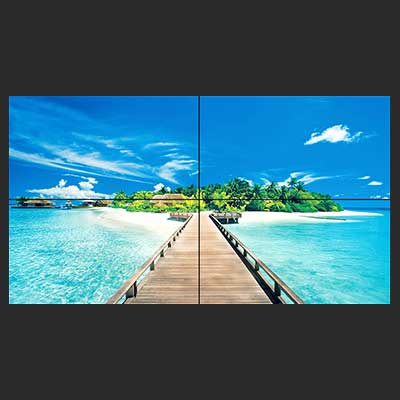
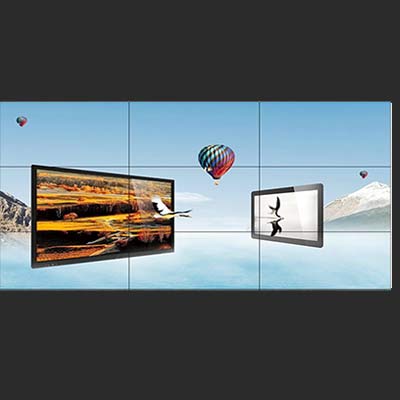
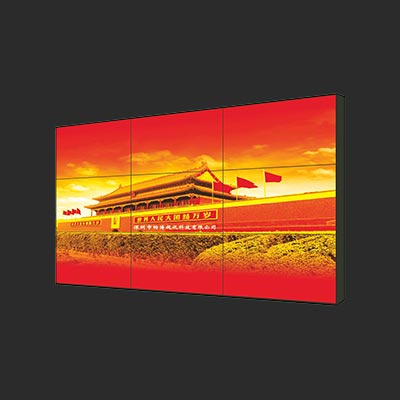


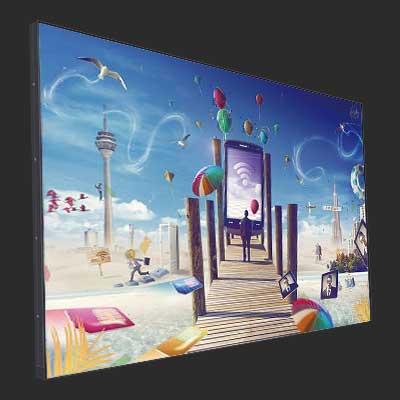


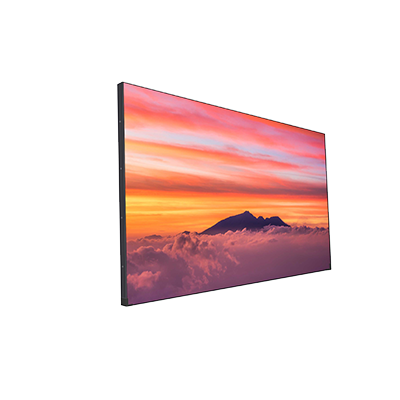




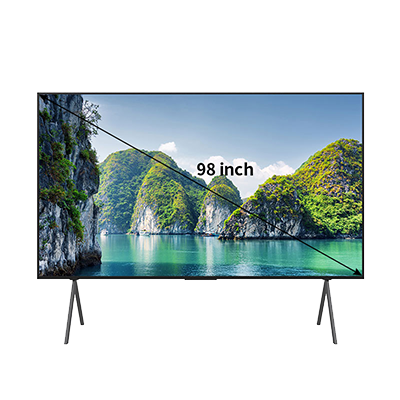

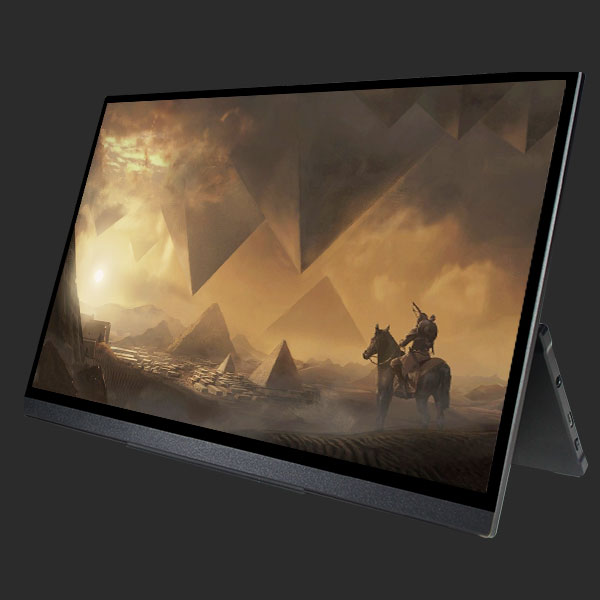
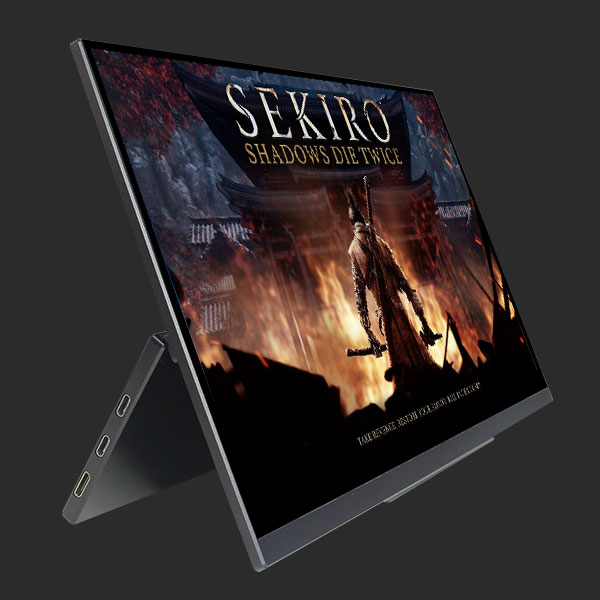
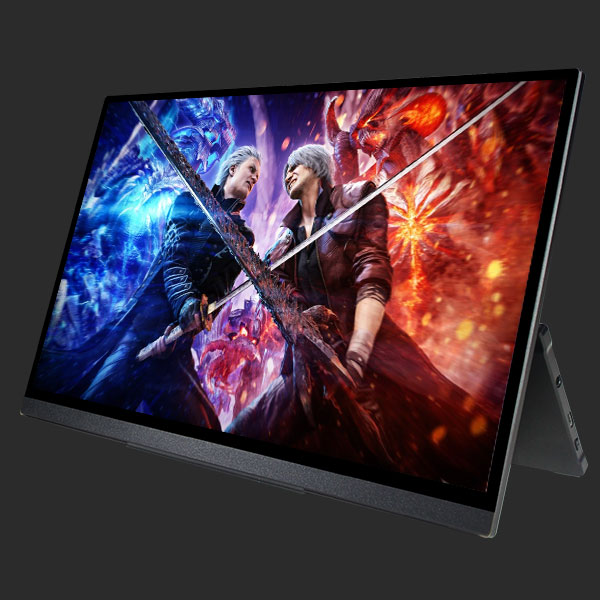

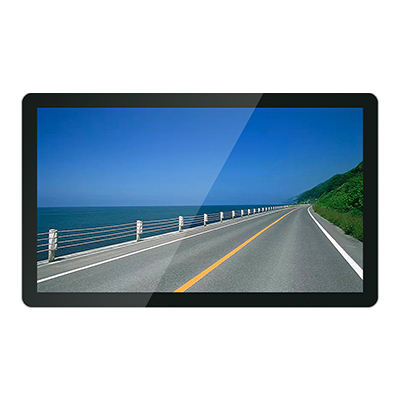
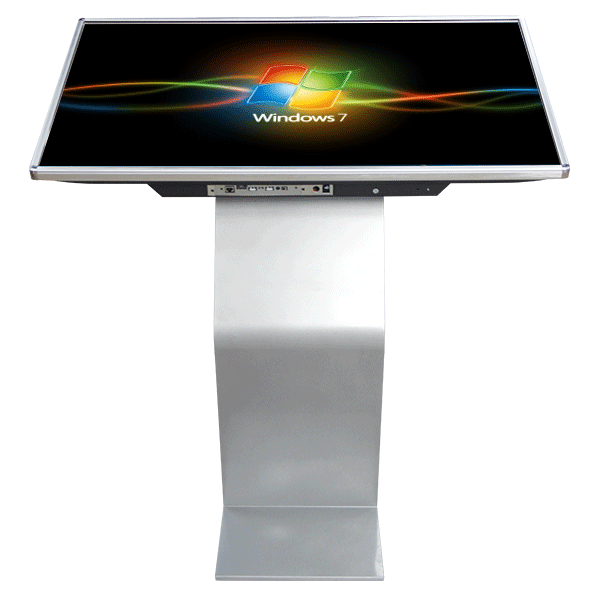
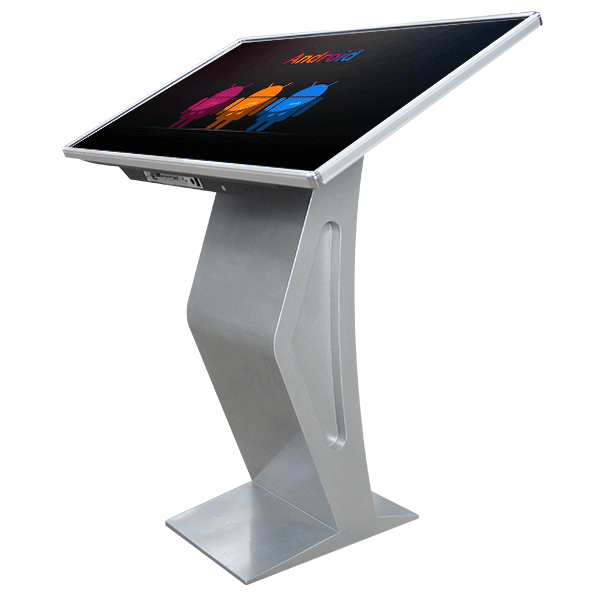
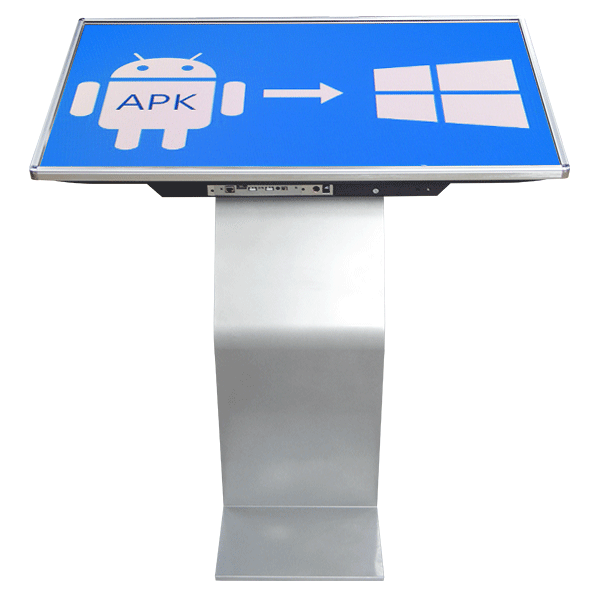

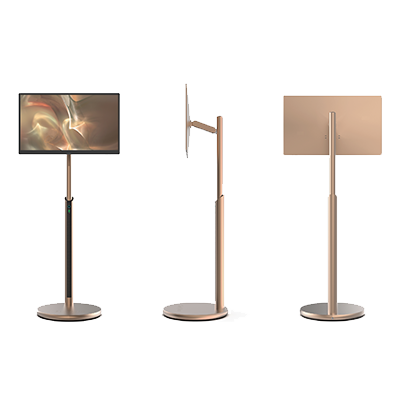

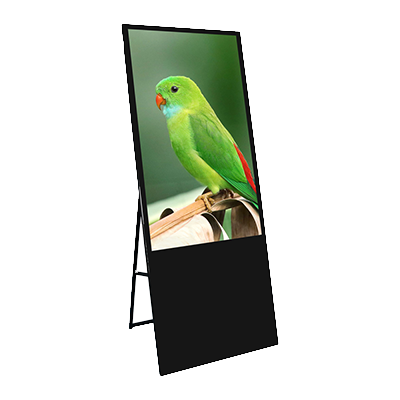
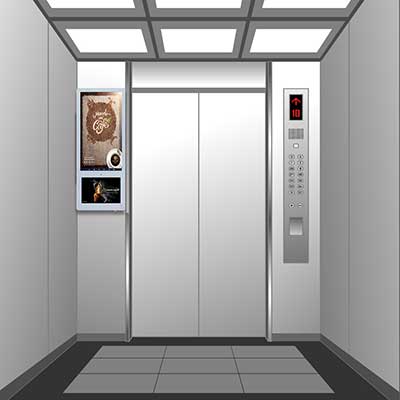

.png)


